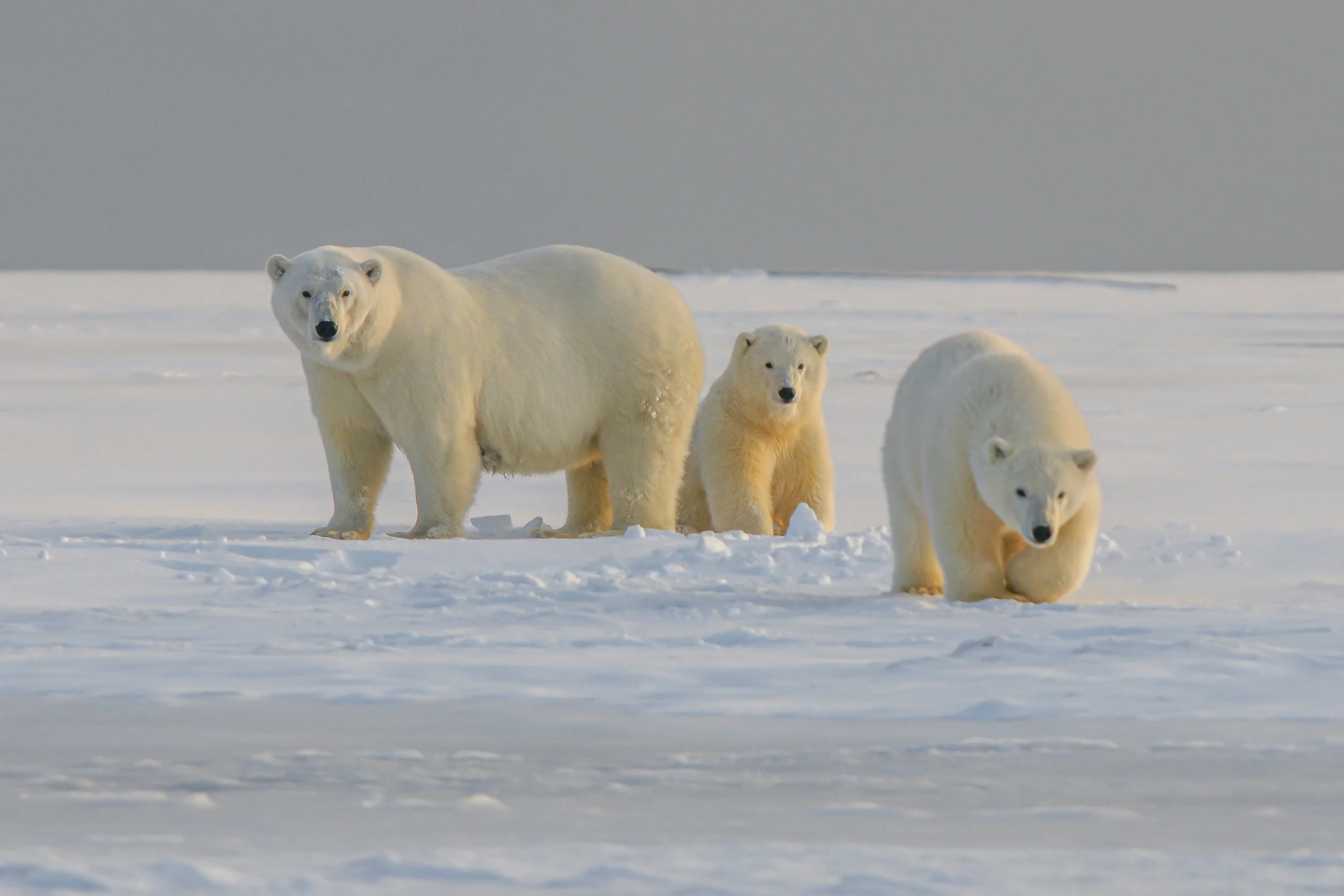POLAR BEAR SAFE COMMUNITIES
Organization: Polar Bears International
Location: Manitoba, Canada
Funding Request: $15,000
Polar Bears International is working to reduce human-polar bear conflict in Churchill, Manitoba—where hundreds of polar bears gather each fall—by promoting safety education and securing the town’s waste facility. These efforts are crucial to protecting both polar bears and people while supporting a sustainable, conservation-driven tourism economy.
The Issue:
Churchill, known as the “Polar Bear Capital of the World,” faces a unique challenge: rising temperatures and melting sea ice are forcing polar bears to spend more time on land, increasing the frequency of risky encounters with people. Tourism brings economic opportunity, but it also heightens the danger—especially since many visitors are unaware of safety protocols and the town’s waste management system has become compromised due to a fire, leaving open garbage piles that attract hungry bears. With the Western Hudson Bay polar bear population already halved since the 1980s due to climate change, these conflicts further threaten their survival. Without intervention, unsafe encounters could jeopardize lives, polar bear populations, and the town’s hard-earned reputation for coexistence leadership.
Grant Award Use:
The ATCF grant will fund two key interventions: (1) the wide distribution of a locally produced polar bear safety video series, ensuring visitors receive vital guidance before arriving in Churchill; and (2) the construction of an electric fence around the current open-air waste site to prevent bears from accessing garbage. These actions will reduce dangerous bear-human encounters and create a safer, more sustainable tourism experience. Polar Bears International will work with the Churchill Bear Smart Working Group to implement and monitor both strategies.
What Would a Successful Project Result In?
A successful outcome means polar bears are no longer seen scavenging at the landfill, visitors arrive already educated about how to behave safely, and the tourism experience is focused on responsibly viewing bears in their natural environment—not in human-modified spaces. The model developed here could serve other northern communities facing similar challenges.



